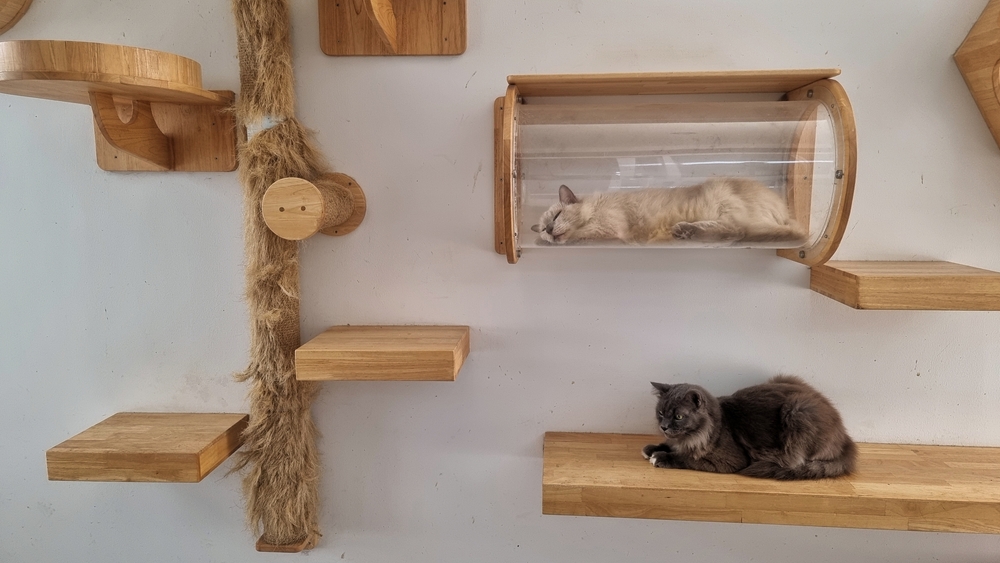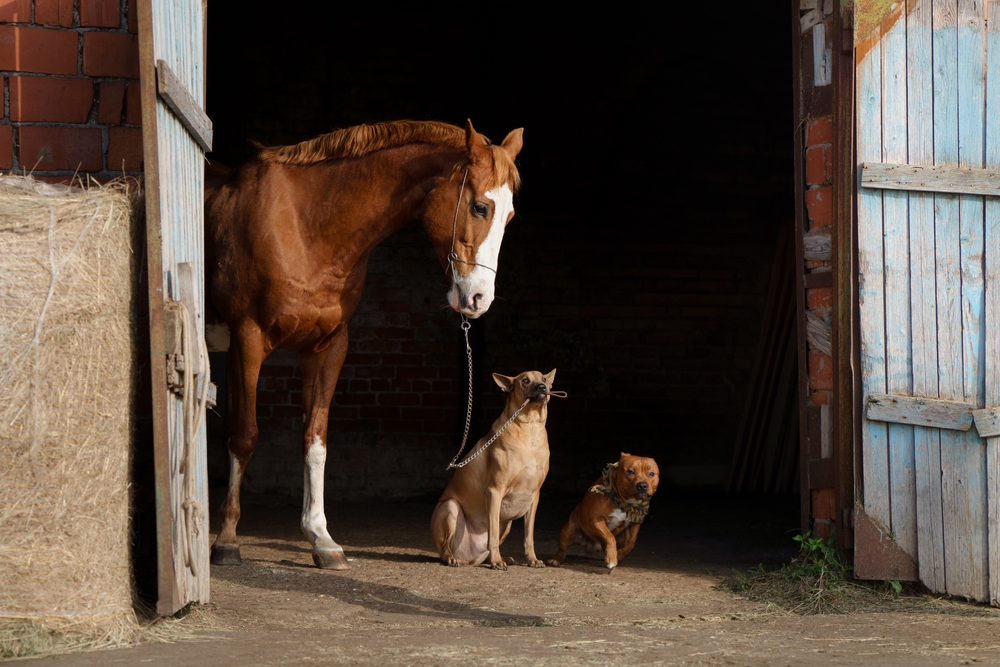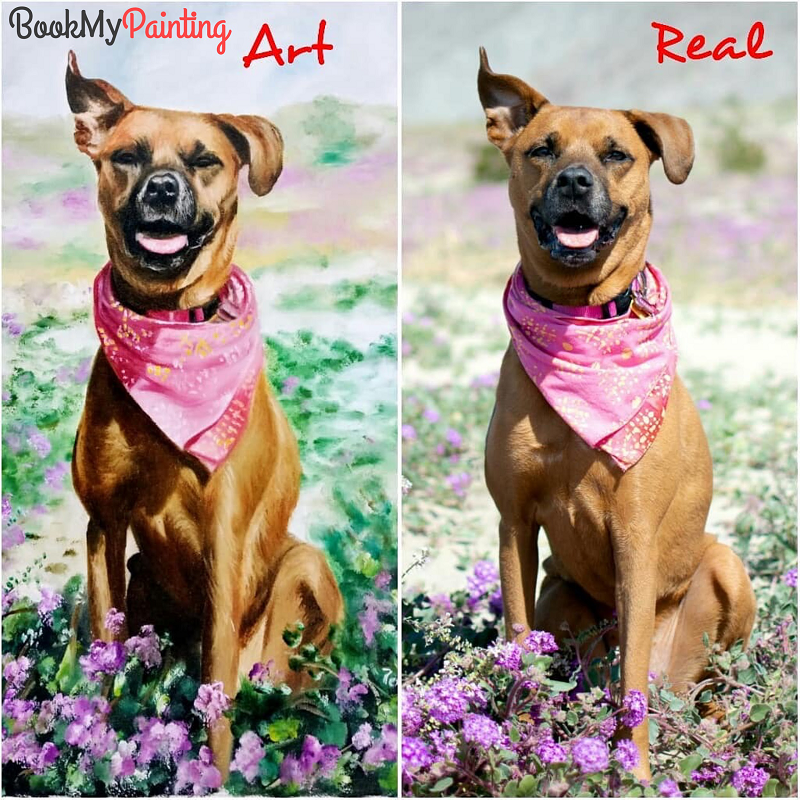When it comes to pet ownership, there is a lot to prepare for and think about. Because of this, it can be very easy to overlook aspects of pet care and, consequently, not be fully prepared for the arrival of your new pet. A huge part of animal care that gets overlooked by many is creating a calm environment for them to feel safe, secure and at home. Whether you have a playful pup, a curious cat, a flock of backyard hens or even a happy horse, setting up the right environment in your home or outdoor area makes a massive impact and can be the difference between an unsettled pet and a happy one.
If you get the environment your pet lives in right, then you can improve and influence their mood, behavior and overall well-being. This impact isn’t as commonly known as the positive effects of enrichment and a proper diet, but your pet’s home is just as important (if not more important) than these. Their environment is vital to give them a happy, healthy life. They need to feel calm and secure to truly thrive in life and feel loved.
Every pet parent wants their furry friend to feel loved and will do anything for them, so it’s best for you to start with their environment. The small changes, like their home, can go a long way in reducing stress and encouraging calm behavior. But this isn’t just something you sort out quickly and leave. Their environment needs to be carefully planned out and maintained to keep it at a high standard for your pet to feel happy and comfortable. It’s just like your home. You wouldn’t want to live in a messy, disorganized environment where you can’t even walk around anymore, so why should your pets? And your pet’s environment doesn’t just mean cleanliness either. They need special considerations, such as sensory stimulation, routine and emotional security, to have a happy and healthy life. Explore how to create and maintain soothing, pet-friendly spaces for a variety of animals to make them feel safe, secure and calm.
Understanding the Role of Environment in Animal Behavior
Just like humans, animals are highly influenced by their surroundings. For many, particularly those with strong senses like dogs and horses, noise, light and even scent can lead to stress. This means that if the environment you set up for them to live in has constant background noise, unpredictable movement, and unfamiliar scents, your pet may get agitated, or they may want to withdraw and hide away. Instead, they need consistency and predictability in their environment to be able to feel safe and comfortable.
This is even more the case for animals that need routines to live a happy, thriving life. For example, dogs need a type of routine for their feeding and walking times. These times need to be consistent every single day for them to be healthy and happy. While cats need quiet corners and high-up spaces to retreat to when they need alone time and privacy. So, if you have a cat, you need to factor this into the space to give them what they need to be comfortable. Even pigs, chickens, and goats become more relaxed when they have a familiar shelter and are not exposed to worrying stimuli all the time, such as loud noises and inconsistent movement.
Creating a Safe, Predictable Space

A very simple way to create a calm environment for your pet is to choose a designated space that your furry friend can call their own. It needs to be a space they know is made for them, for them to go to when they need or know that it’s the place they need to make a home. For dogs and cats, this might be a cozy bed tucked in a low-traffic area. For horses or livestock, it could be a stall or pasture corner where they can rest without disturbance. The key is consistency. Try to avoid rearranging their resting space too often because this can confuse them and unsettle them, deterring your pet from wanting to spend time in that space. You should also keep it clean, comfortable and familiar at all times and maintain this standard for them to be happy and at ease.
Lighting can also play a role in making your pet feel comfortable and happy. If you flood the space with natural light during the day, your pet can benefit from a maintained healthy circadian rhythm. Stick to soft, dim lighting in the evening to help your pet wind down and get a good sleep every night. If you have an indoor pet, it is best to turn off any harsh overhead lights at night. Instead, rely on warm lamps or even a nightlight to create an ambient and mellow mood.
Scent is another subtle factor for your pet’s comfort. Animals use smell to understand their surroundings, and strong or unfamiliar odors can make them anxious. Try to avoid using strong cleaning agents or air fresheners in areas where your pets spend most of their time. Instead, use pet-safe, unscented products and keep their bedding and toys washed with gentle detergents.
Noise Management and Environmental Sounds
A lot of pets, particularly those from prey species like rabbits or birds, sudden or loud noises can cause them to panic. You need to minimize unnecessary noise in their environment to create a calm area where they can feel at ease and happy. Consider playing soft music or white noise in your home to help mask disruptive sounds like traffic or neighborhood dogs barking. Horses in barns may also benefit from low-volume classical music during particularly loud events such as storms or firework displays.
It is common for some animals to become desensitized to regular household noises over time. However, for others, they don’t get used to them, and some noises, such as a vacuum, can still remain stressful to them. If you notice your household pet flinching or hiding at a specific sound, or if they look unhappy and stressed, this is a sign that their environment isn’t comfortable. This means you need to be more accommodating and find solutions where you can still make common household noises without affecting them. You could create a retreat space when loud appliances are running or consider using quieter equipment.
Nutrition and Calmness
Having a stable, consistent routine and a calm space go hand in hand with good nutrition. While food alone isn’t a fix for behavioral issues, a well-balanced diet supports your pet’s overall health, which directly impacts their emotional state. For example, dogs that seem restless or anxious may benefit from added nutrients that support skin, digestion, and cognitive function. In some cases, calming vitamin supplements for dogs that include natural ingredients can offer gentle support for mood and behavior alongside a nutritious diet and consistent routine. These types of supplements won’t fix everything by themselves, but they may complement the efforts you’re already making to provide a calming space.
Creating a calm environment for your pets doesn’t require a massive change to your home or outdoor space. Instead, it’s about making small, thoughtful changes to create a relaxing and calming environment your pet can feel safe in. When you tailor this space to their natural instincts and needs, you can contribute to a healthy and happy lifestyle for your pet.



